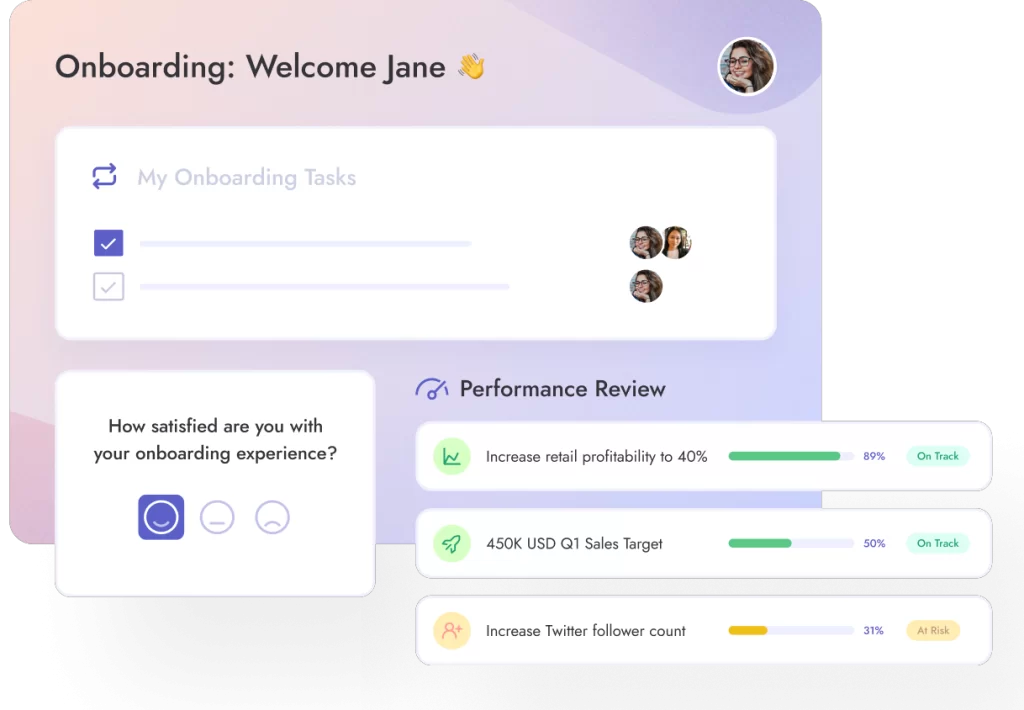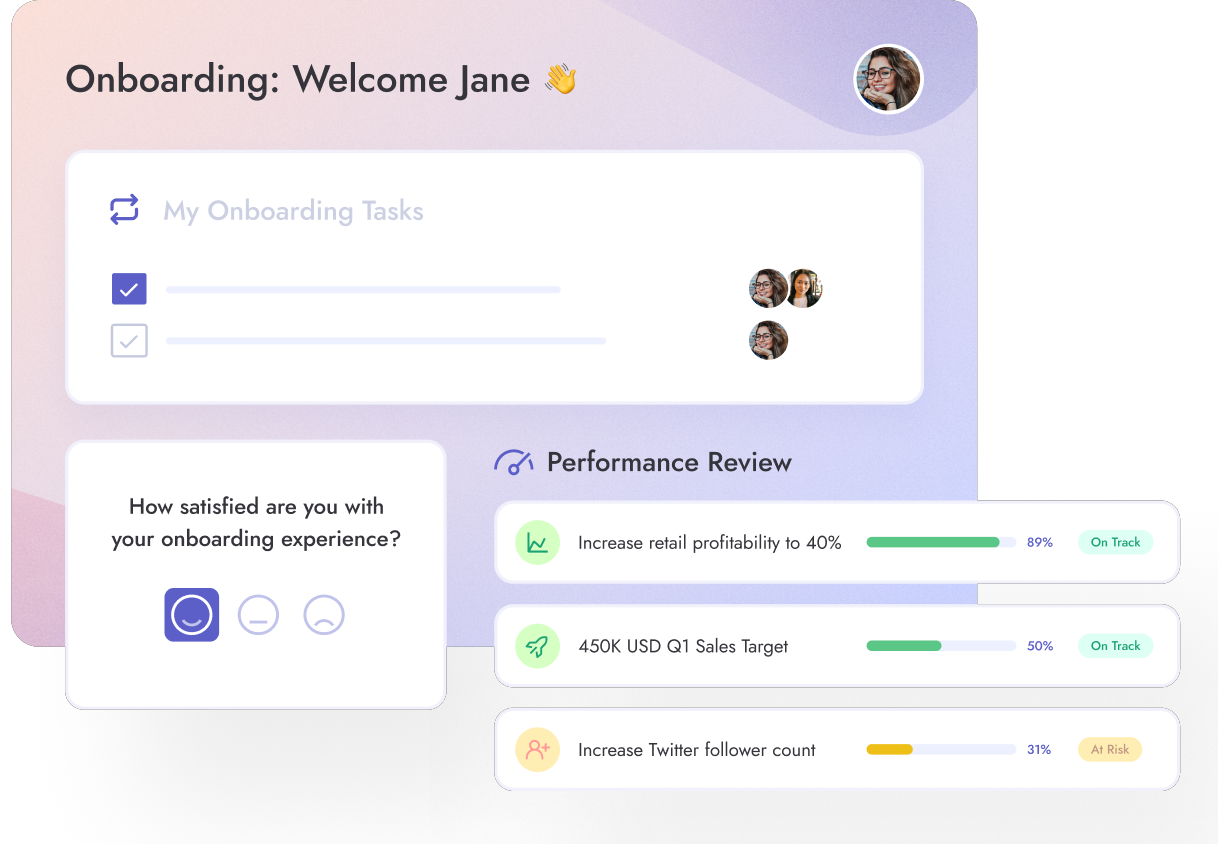Running a business is not an easy task and requires a pertinent skill set as an entrepreneur.
As the business grows, you will need to hire a team to further your business’s success as the workload increases immensely and you are unable to do it all on your own.
Employee mentoring becomes more and more important as your company grows or when your employees are not engaged with the company.
Hiring a team makes you a mentor automatically and it is crucial that you become an outstanding mentor if you expect to produce significant results.
By becoming a proficient mentor to your employees, you can groom and nurture their talents and skills further.
This will automatically make them feel more visible, appreciated and valued. It will also boost and stimulate a favorable and constructive working environment.
Table of Contents
What is Employee Mentoring?
At its heart, employee mentoring is a powerful form of professional guidance that transcends the traditional realms of training and education.
It’s a dynamic relationship between an experienced professional and a less experienced colleague, designed to foster skill development, career growth, and personal enrichment.
The Mentor: A Beacon of Experience
Mentors are seasoned individuals who have accumulated years of hands-on experience, insights, and expertise in their respective fields.
They’ve weathered challenges, celebrated successes, and garnered a wealth of practical knowledge that textbooks simply can’t convey.
Mentors are more than just repositories of information; they’re enthusiastic guides who derive fulfillment from nurturing the potential of their mentees.
A mentor’s role goes beyond sharing technical skills; they provide valuable insights into workplace dynamics, industry trends, and the unwritten rules that govern success.
Through their guidance, mentors offer mentees a shortcut to wisdom gained through trial and error, offering a helping hand to navigate the complexities of the professional world.
The Mentee: Eager to Learn and Grow
On the other side of the employee mentoring equation, we have mentees—individuals who are at various stages of their careers and are hungry for growth.
They possess the enthusiasm to learn, the drive to excel, and the humility to seek guidance.
Mentees come from all walks of life, ranging from new hires looking to acclimate to the workplace to mid-career professionals aiming to take their skills to the next level.
Mentees are not passive recipients of knowledge; they’re active participants in their own development. They ask questions, challenge assumptions, and apply what they’ve learned to real-world scenarios.
The beauty of employee mentoring lies in the reciprocal nature of the relationship: as mentees learn from mentors, mentors also gain fresh perspectives from mentees, fostering a two-way exchange of ideas and experiences.
What are the types of employee mentoring?
Much like a diverse ecosystem, employee mentoring comes in a variety of forms, each catering to different learning preferences, organizational needs, and developmental goals.
From traditional one-on-one relationships to innovative peer mentoring setups, the landscape of mentoring is as varied as the individuals who participate.
A. Traditional One-on-One Mentoring: Personalized Guidance
Picture this: a mentor and a mentee engaging in deep, one-on-one conversations, sharing insights over cups of coffee, and forging a connection that goes beyond the confines of a job description.
Traditional mentoring is the bedrock upon which the concept is built.
It involves a seasoned mentor taking a mentee under their wing, guiding them through the nuances of their role, and imparting not only technical skills but also the intangible wisdom that comes from experience.
This form of mentoring thrives on the personalized nature of the relationship. The mentor tailors guidance to the mentee’s unique needs, challenges, and aspirations.
It’s an opportunity for mentees to receive individualized attention and build a bond that often extends beyond professional boundaries.
B. Group Mentoring or “Peer Mentoring”: Strength in Numbers
Imagine a dynamic circle of colleagues, each bringing their own strengths and perspectives to the table. That’s the essence of group mentoring, a powerful approach that leverages the collective wisdom of peers.
In this setting, a single mentor guides a small group of mentees, fostering a collaborative environment where individuals learn not only from the mentor but also from each other.
The beauty of peer mentoring lies in its diversity. Mentees get exposed to a broader range of experiences, ideas, and solutions than they might encounter in a one-on-one relationship.
It encourages active participation, knowledge sharing, and a sense of community that can be particularly beneficial in nurturing a collaborative work culture.
C. Reverse Mentoring: Flipping the Script
Traditionally, employee mentoring flows from experienced professionals to those with less experience. But what if the roles were reversed?
Enter reverse mentoring, a concept that turns the tables by pairing junior employees with senior individuals, often from different generations or with different skill sets.
In this scenario, the mentee becomes the mentor, sharing insights into modern technologies, new trends, and fresh perspectives.
This not only breaks down generational barriers but also facilitates a cross-pollination of ideas that can drive innovation and transformation within an organization.
How to Mentor Employees

Being an efficient practitioner of employee mentoring or creating an employee mentoring program is difficult but not impossible.
Here are a few ways that proved to be successful which help you become a better mentor to your staff:
1. Building a unique employee mentoring connection
To thrive at employee mentoring, first of all, you need to make personal connections with all of your team members.
Not only do you have to ensure your employees understand what you expect of them, but also, they should know you recognize and understand their individual necessities.
Unique connections are easier to build with some but may take more effort with others as every individual is different.
This connection will help to flourish business profits and also maintain a positive balance between you and the employees.
2. Assigning peers as onboarding mentors
As new members are taken on board, it becomes difficult to individually cater to each person and show them the ropes from scratch.
To conserve time and energy smartly, senior employees can be assigned for mentoring new employees and guide them through the onboarding process.
It is important to consider making such connections between old and new employees who seem to be getting along fine.
3. Using Software
Employee Onboarding Software: Teamflect
If you are planning to implement a culture of employee mentoring in your organization then you need the right tools for the job. Since mentoring starts on day one, you need the right employee onboarding software for the job. Here is a list of: Top Onboarding Software.
But if your organization uses Microsoft Teams on a day to day basis then the best onboarding software for you is Teamflect.

As the best Microsoft Teams onboarding software, Teamflect lets users:
- Assign onboarding tasks to new hires.
- Create custom mentor-mentee / onboarding buddy relationships.
- Conduct onboarding surveys.
- Conduct 30-60-90-day reviews.
And do so much more! Care to try the best onboarding software for Microsoft Teams?
You can do just that for absolutely free, without signing up, and with no time limits. All you need to do is click the button below and start onboarding your team!



